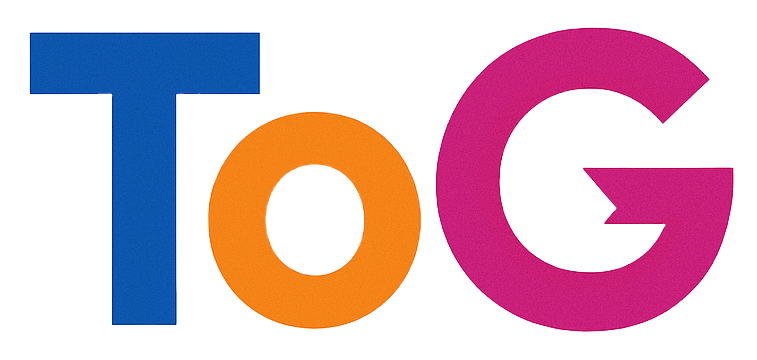How Microsoft Clarity Illuminated a Critical Issue Hidden from Standard Analytics
Managing website performance and user Engagement can sometimes feel like navigating a labyrinth of data. While traditional analytics platforms like Google Analytics provide valuable insights, they may not always reveal underlying technical issues that hinder conversions. Recently, I encountered a situation where deploying Microsoft Clarity made a significant difference in diagnosing and resolving a client’s conversion problem—one that standard analytics overlooked.
Background: An Unexpected Conversion Challenge
I was working with a small business client whose website traffic and search engine rankings appeared to be solid. Yet, despite consistent visits, the conversion rate—specifically, form submissions—was disconcertingly low. From an SEO standpoint, everything seemed aligned; no obvious issues were apparent. However, the tangible results told a different story.
Limitations of Conventional Analytics
Initially, I relied on Google Analytics to identify any anomalies or bottlenecks. Surprisingly, GA showed no significant issues: no unusual bounce rates, no drop in traffic, and correctly tracked form submission events. This led me to question whether the problem was on the technical side—something beyond what GA could reveal.
Turning to Microsoft Clarity for Deeper Insights
To gain a more granular understanding of user behavior, I turned to Microsoft Clarity—a user session recording and heatmap tool that offers visual insights into how visitors interact with a website.
Within minutes, I reviewed several recorded sessions. It became evident that users were clicking the form’s submit button, but the data was not being transmitted to the backend. The form appeared to submit successfully—no errors or broken visuals—but behind the scenes, nothing was being received.
Identifying and Addressing the Technical Issue
Further investigation revealed that the root cause was a misconfigured email address in the form’s backend setup. Essentially, the form submissions were not reaching the intended recipient, rendering the leads invisible to the client. This technical oversight was entirely invisible to GA’s reporting but obvious when observing user interactions via Clarity.
Implications and Lessons Learned
This experience underscored the importance of supplementing traditional analytics with session recording tools like Microsoft Clarity. While GA focuses on quantitative data—page views, conversions, bounce rates—Clarity provides qualitative insights into what users are experiencing and where they might encounter issues.
In this case, a quick five-minute session review prevented further loss of potential leads and ensured the client’s SEO efforts stayed effective. Moving forward, I have integrated regular session recordings into my routine audit

